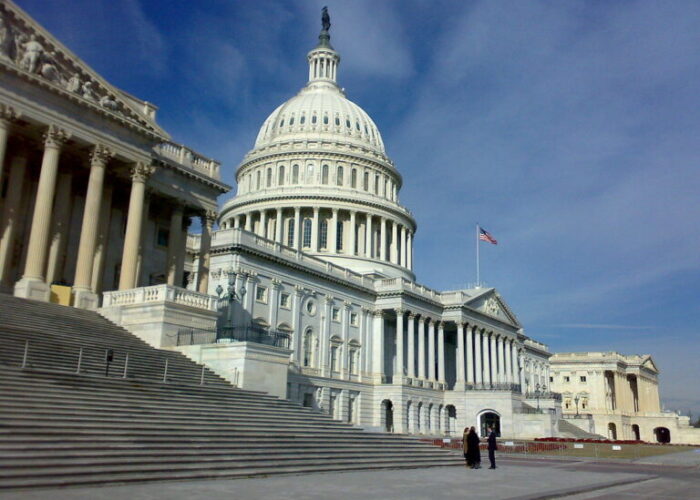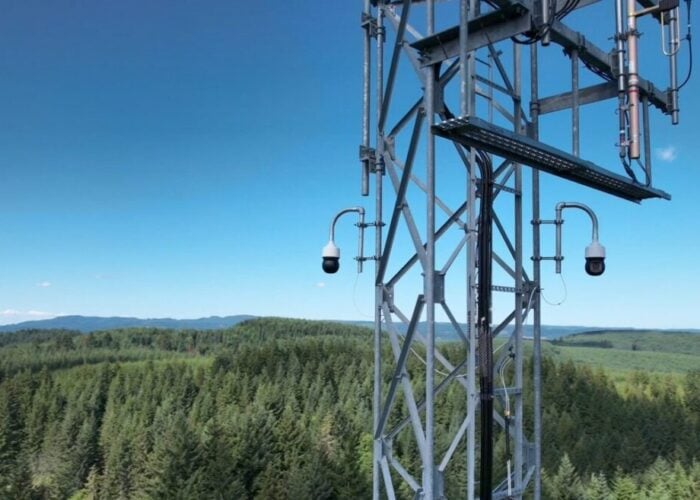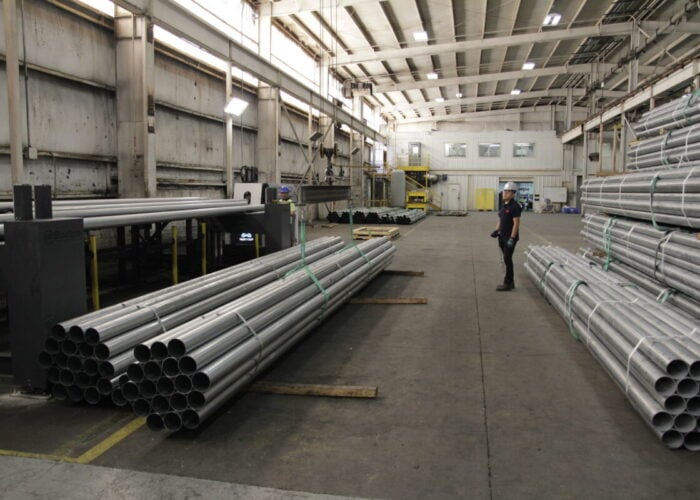The share of string inverters in the Indian solar market is increasing rapidly. It went up from only 1% until 2016 to 9% in 2017 for new utility-scale solar capacity commissioned. We expect the trend to accelerate even further in the coming years.
Try Premium for just $1
- Full premium access for the first month at only $1
- Converts to an annual rate after 30 days unless cancelled
- Cancel anytime during the trial period
Premium Benefits
- Expert industry analysis and interviews
- Digital access to PV Tech Power journal
- Exclusive event discounts
Or get the full Premium subscription right away
Or continue reading this article for free
Increased adoption of string inverters for utility-scale projects is in line with experience in other international markets including the US and China. About 50% of utility-scale capacity installed in China in 2016 used string inverters. In the US, string inverter share is expected to grow up to 28% in 2020. Key reasons for increasing share of string inverters are as follows:
- Flexibility and yield: Although efficiency of central inverters is usually higher in comparison to string inverters (about 99% vs 98.5%), string level optimization can deliver better power output with string inverters due to increased reliability and redundancy
- Installation time: String inverters can be installed much faster than central inverters as they do not need special containers or civil structures for housing – useful for projects with tight deadlines
- System availability and maintenance: String inverters can be easily replaced in case of any issue, reducing the plant downtime, whereas, owing to their large size, central inverters require dedicated on-site technical support
Huawei and Sungrow, both Chinese companies, are the biggest proponents of usage of string inverters for the utility-scale segment. But we believe that with growing acceptance of string inverters, a few leading European companies are also looking to offer string inverters.
The main advantage for central inverters is their low upfront cost and maintenance cost. However, string inverters provide savings in BOS costs due to no requirement of string combiner boxes, container or civil structures etc. Further, falling capital and maintenance costs of string inverters means that cost advantage of central inverters has narrowed significantly in the last few years. Ultimately, the decision of string vs central inverters depends on individual project factors such as location, size, site contours and uniformity, site accessibility and installation time available.
For more details of Indian inverter market and various design and operation issues related to inverters, download our report, Inverter Design and Selection.






